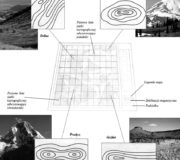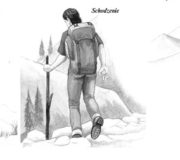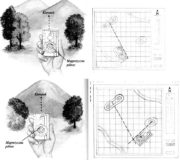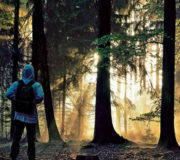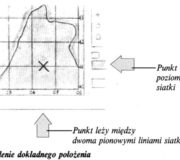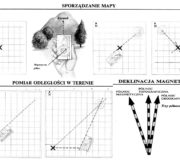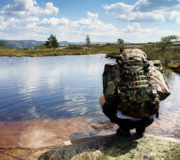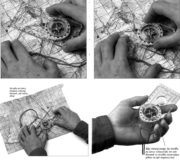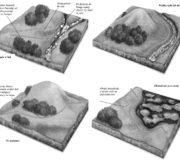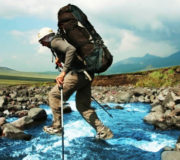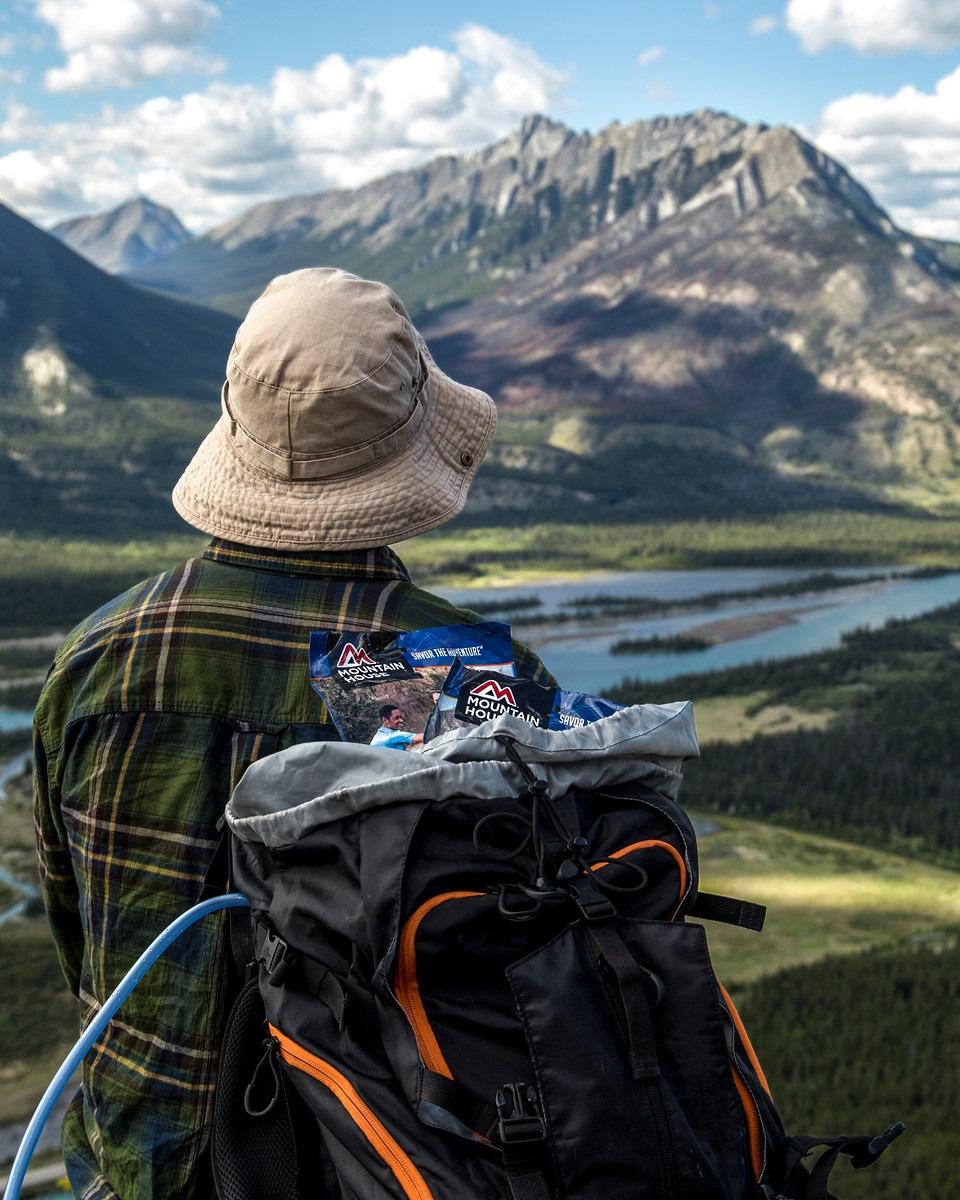 USTALANIE TRASY – Najlepszym sposobem ustalenia trasy jest przejście jej. To jednak metoda mało praktyczna, zwłaszcza w sytuacjach krytycznych, gdy trzeba się ratować. Przed wyruszeniem w drogę powinno się znaleźć wysoki punkt obserwacyjny – wzniesienie bądź drzewo, na które można bezpiecznie się wdrapać – i za pomocą lornetki oraz mapy starać się ustalić optymalną trasę marszruty. W dżungli grzbiety wzniesień porasta zwykle rzadsza roślinność niż doliny, dlatego też łatwiej nimi iść. Jednakże w dolinach, wzdłuż rzek lub strumyków, mogą biec wygodne wydeptane ścieżki. Zawsze staraj się wybrać najbezpieczniejszą i najłatwiejszą drogę, zwłaszcza jeśli nie jesteś na wycieczce krajoznawczej, tylko musisz ratować siebie i swych towarzyszy.
USTALANIE TRASY – Najlepszym sposobem ustalenia trasy jest przejście jej. To jednak metoda mało praktyczna, zwłaszcza w sytuacjach krytycznych, gdy trzeba się ratować. Przed wyruszeniem w drogę powinno się znaleźć wysoki punkt obserwacyjny – wzniesienie bądź drzewo, na które można bezpiecznie się wdrapać – i za pomocą lornetki oraz mapy starać się ustalić optymalną trasę marszruty. W dżungli grzbiety wzniesień porasta zwykle rzadsza roślinność niż doliny, dlatego też łatwiej nimi iść. Jednakże w dolinach, wzdłuż rzek lub strumyków, mogą biec wygodne wydeptane ścieżki. Zawsze staraj się wybrać najbezpieczniejszą i najłatwiejszą drogę, zwłaszcza jeśli nie jesteś na wycieczce krajoznawczej, tylko musisz ratować siebie i swych towarzyszy.
Odpoczynek
Regularne postoje są bardzo potrzebne, zwłaszcza gdy idzie grupa. Staraj się, by trwały one zawsze około 10 minut, ale nie zaczynaj liczyć czasu, dopóki ostatni w grupie nie dotrze na miejsce postoju i nie usiądzie. Podczas gdy główna grupa odpoczywa, najsprawniejsi mogą zbadać dalszą drogę.
MASZEROWANIE NOCĄ
W nocy idź powoli, badając stopą grunt przed sobą, zanim staniesz na niej całym ciężarem. Staraj się jak najlepiej wykorzystać światło księżyca i gwiazd; unikaj terenów zadrzewionych. Kucnij i patrz w górę, w niebo wytyczając swą dalszą drogę podług gwiazd. Na mijane przedmioty i różne obiekty w terenie patrz raczej z boku niż na wprost. Zatrzymuj się regularnie co jakiś czas stając w bezruchu i wsłuchując się w ciszę. Przy każdej okazji sprawdzaj kierunek marszu za pomocą kompasu i mapy.
Akomodacja oka
To zdolność przystosowania się oka do zmniejszonego natężenia światła, która pozwala widzieć przedmioty w ciemności. Jeśli trzeba popatrzeć na mapę lub kompas używając latarki, lepiej zamknąć jedno oko, wtedy wzrok szybciej na powrót przyzwyczai się do ciemności.
NIEBEZPIECZEŃSTWA
Na piechura poruszającego się w dzikim terenie czyha wiele niebezpieczeństw – od możliwości skręcenia nogi po ukąszenie owada czy jadowitego węża.
Na przykład plagą wielu terenów leśnych i podmokłych Ameryki Północnej są różne gatunki gryzących much. Do tego rodzaju niebezpieczeństw należą również kleszcze, które możesz przypadkowo strącić przedzierając się przez krzaki. Musisz dostosować tempo i styl chodzenia do rodzaju terenu, w przeciwnym razie narażasz się na kontuzje. Podczas wyczerpującego marszu można też przegrzać organizm. Pamiętaj o zabraniu przewiewnego ubrania oraz ubierania się na cebulę.
Szerszeń
Różne gatunki szerszeni (Vespa) występują w strefie umiarkowanej. Maszerując należy uważać na te owady, aby uniknąć bolesnego użądlenia.
